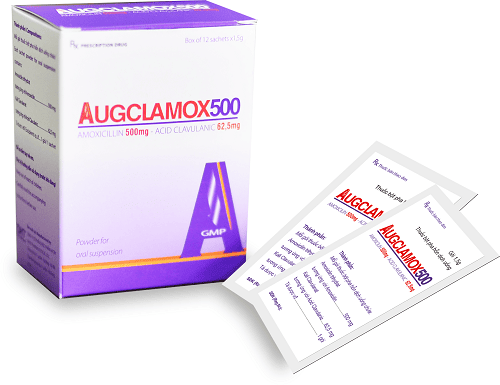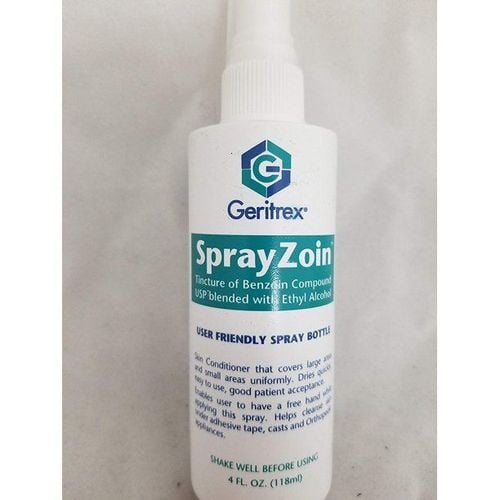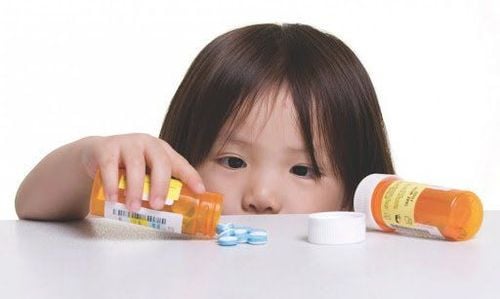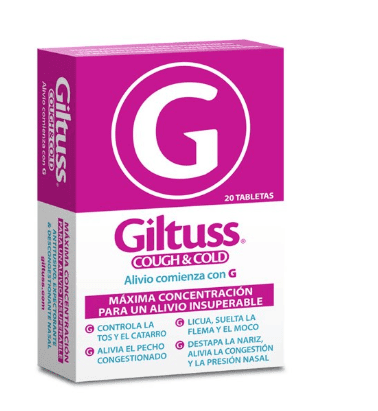This is an automatically translated article.
VA is a common ENT disease in children under 6 years of age. If not treated promptly, VA in children can cause complications to other organs, long-term effects on children's mental and physical development.
1. What is VA?
VA is the French acronym (Végétations Adénoides) for the organization of many white blood cells (lympho) located in the nasopharynx. When we breathe, air will enter the body from the nose, through the VA and then into the lungs. Normally the thickness of the VA is about 4-5mm, not obstructing the airway.
VA is a common disease in the ear, nose and throat. When the VA becomes inflamed and swollen into a large mass (called nasopharyngeal warts), it will interfere with the above-mentioned process of breathing air. VA develops until the age of 6, it ends, especially in some cases, adults still develop.

Hình ảnh VA bị viêm và sưng, cản trở quá trình hô hấp
2. Symptoms of VA in children
Children with VA often have the following manifestations:
High fever 39-40 degrees, sometimes causing convulsions.
Nasal congestion: The patient cannot breathe through the nose because the large VA covers the posterior nasal passage.
Snoring: Often opens the mouth to breathe, narrows the airways, snores.
Runny nose: At first, the nose is clear, then the nose is white, yellow, fishy, often runny.
Diarrhea/Anorexia: Because children swallow phlegm, fluid, pus from VA flowing down the abdomen when VA is often accompanied by indigestion, or diarrhea, digestive disorders, flatulence, loss of appetite.
Children are fussy, sleep is not deep: The child has a stuffy nose, has trouble breathing, so he sleeps restlessly, or is startled and fussy at night.
Complications on the face of the arch: Prolonged VA will lead to protruding teeth, protruding forehead, uneven teeth.
3. Complications of VA in children
When VA persists, the volume of the VA will increase, causing posterior nasal stenosis. Thereby, reducing the amount of air in and out of the lungs, leading to a lack of oxygen supply to the brain. The amount of secretions in the nose accumulates more and more, flowing forward, causing children to stuffy nose, lethargy, not sleeping well, leading to fatigue, difficult learning.
In a humid environment, symbiotic bacteria in the nasal cavity will become pathogenic bacteria. Nasal discharge turns from clear to cloudy, then white, blue or yellow.
Complications of VA cause blockage of the vent to the middle ear, causing acute otitis media, purulent otitis media, perforation of the eardrum....If not treated, it will lead to decreased hearing.
VA can lead to complications such as rhinitis, sinusitis, acute otitis media, laryngitis, tracheitis, and bronchitis. If prolonged, the child must breathe through the mouth, the nose is rarely used, so over the years the tip of the nose becomes smaller, the upper jaw bone develops poorly, the upper teeth grow jagged, the chin protrudes and becomes larger. That is the typical face of children with VA, which is called the domed face or the VA face.
4. How to treat VA in children?
Parents should not be subjective when children have VA. Because the air circulation through the nose is obstructed, the brain is always deprived of oxygen, the patient will have many complications. In children, there can be physical to mental retardation.
When treating VA, you should not buy antibiotics yourself to treat your child. Antibiotics are not a panacea.
When the child has a high fever but has not yet taken the child to the doctor, you should use a clean towel dipped in warm water to wipe the child. It is necessary to wipe the child in the armpits, groin, and neck and put a warm towel on the forehead. Do not use cold or ice water to apply or apply to your child's forehead because doing so will interfere with the child's heat loss. If the child has a fever over 38 degrees, it can be lowered by giving orally or rectally (bullet) paracetamol with a dose according to the child's weight.
Doctors often apply two methods of treating VA for children: medical and surgical.
Medical treatment: Keep the nose and throat clean, drop the nose and gargle with dilute salt water when going out or after eating, then combine the use of antibiotics, anti-inflammatory as prescribed by the doctor. Surgical treatment: Vasectomy As a key field of Vinmec Health System Hospitals, Pediatrics Department is invested with modern equipment, spacious facilities, always bringing satisfaction to customers. Products and is highly appreciated by experts in the industry with:
Gathering a team of experienced pediatric doctors: Leading experts with high professional qualifications. The doctors are well-trained, professional, and knowledgeable about child psychology. In addition to domestic pediatricians, the Department of Pediatrics also has the participation of foreign experts (Japan, Singapore, Australia, USA) who apply the latest and most effective treatment regimens. Comprehensive service: Vinmec provides a series of continuous medical examination and treatment services from birth to pediatrics and vaccination... according to international standards to help parents take care of their baby's health from birth to birth. Advanced technology: The hospital has successfully deployed many specialized techniques to make the treatment of difficult diseases in Pediatrics more effective: neurosurgery - craniofacial surgery, hematopoietic stem cell transplantation in the treatment of pediatric diseases. cancer treatment. Professional care: Vinmec Hospital also pays special attention to the children's play space, helping them to play comfortably and get used to the hospital's environment, so that the children can cooperate in treatment and improve efficiency. healthcare.
Please dial HOTLINE for more information or register for an appointment HERE. Download MyVinmec app to make appointments faster and to manage your bookings easily.













